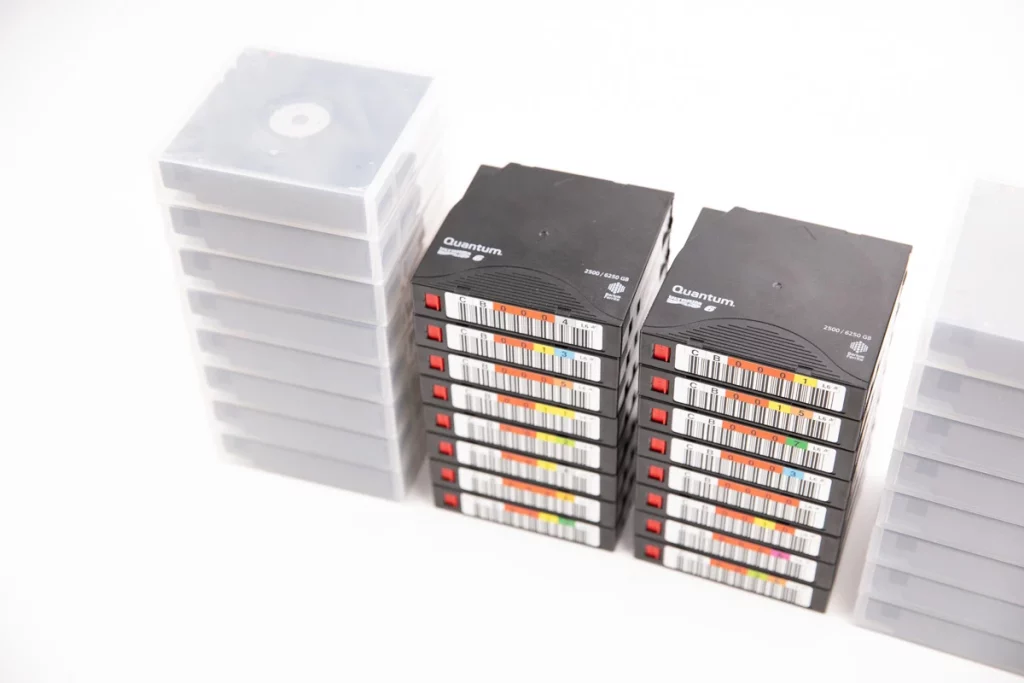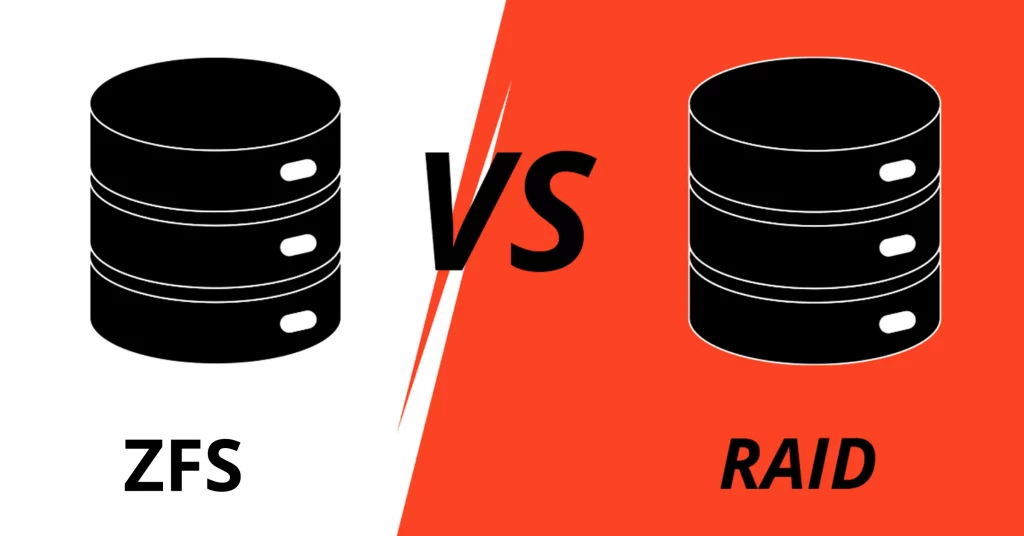In the world of data storage, the concept of redundancy and fault tolerance plays a crucial role in ensuring data integrity and availability. This is where RAID (Redundant Array of Independent Disks) comes into play. RAID is a technology that combines multiple physical disks into a single logical unit to improve performance, data redundancy, and fault tolerance. Among the various RAID levels, RAID 1 and RAID 5 are two popular choices. In this blog post, we will delve into the intricacies of RAID 1 and RAID 5, explore how they work, discuss their benefits, and ultimately compare these two RAID levels.
RAID Levels: An Overview
Before diving into the specifics of RAID 1 and RAID 5, let’s first understand the concept of RAID levels. RAID technology encompasses various levels, each offering a different approach to data striping, redundancy, and performance optimization. These levels, ranging from RAID 0 to RAID 6, provide administrators with a range of options to meet their specific storage needs.
RAID 1: Mirroring for Data Protection
RAID 1, also known as disk mirroring, is the simplest form of RAID. It involves the duplication of data across multiple physical disks, creating an exact copy of each disk in the array. In a RAID 1 configuration, data is written simultaneously to both disks, ensuring that each disk holds an identical copy. This redundancy provides a high level of fault tolerance, as even if one disk fails, the other disk contains all the required data.
The benefits of RAID 1 are primarily centered around data redundancy and improved read performance. Since data is written to multiple disks simultaneously, read operations can be performed in parallel, resulting in faster access times.
Additionally, in the event of a failed drive, data can still be accessed from the remaining disk, ensuring uninterrupted operation and minimizing the risk of data loss.
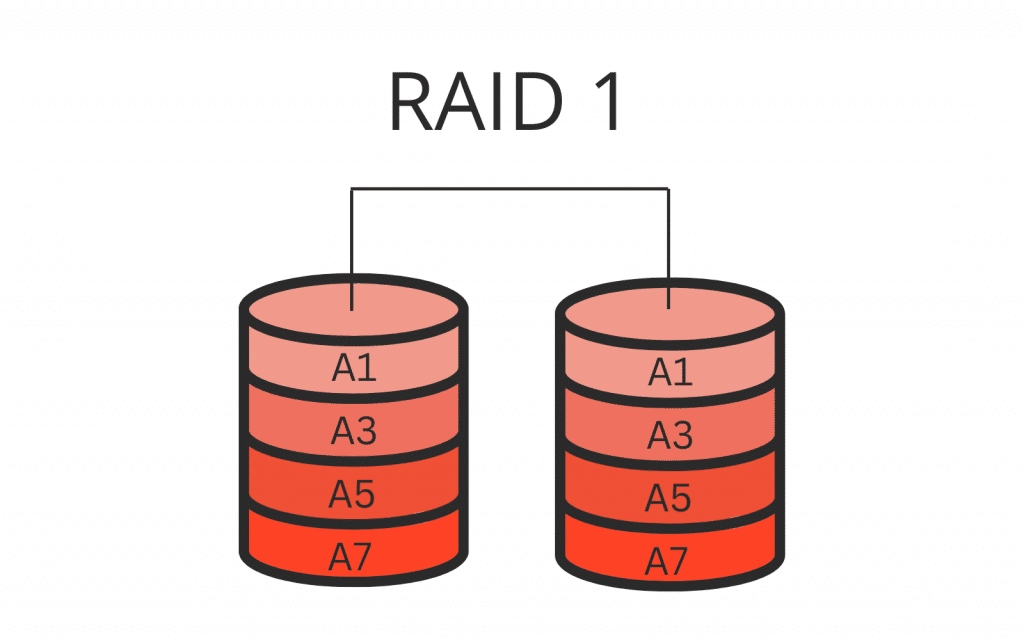
RAID 5: Striping with Distributed Parity
Unlike RAID 1, RAID 5 utilizes block-level striping with distributed parity to achieve both redundancy and performance improvements. In a RAID 5 array, data and parity information are distributed across multiple disks, allowing for enhanced fault tolerance without sacrificing storage capacity.
In RAID 5, data is written across all the disks in the array, with parity information being generated and stored on each disk. The parity information acts as a checksum that can be used to reconstruct data in case of a disk failure.
This distributed parity allows for the array to remain operational even when a single disk fails.
The key benefits of RAID 5 lie in its fault tolerance and storage efficiency. By distributing parity information across multiple disks, RAID 5 can withstand the failure of a single disk without losing any data. This makes it an attractive option for environments where both data protection and storage capacity are critical.
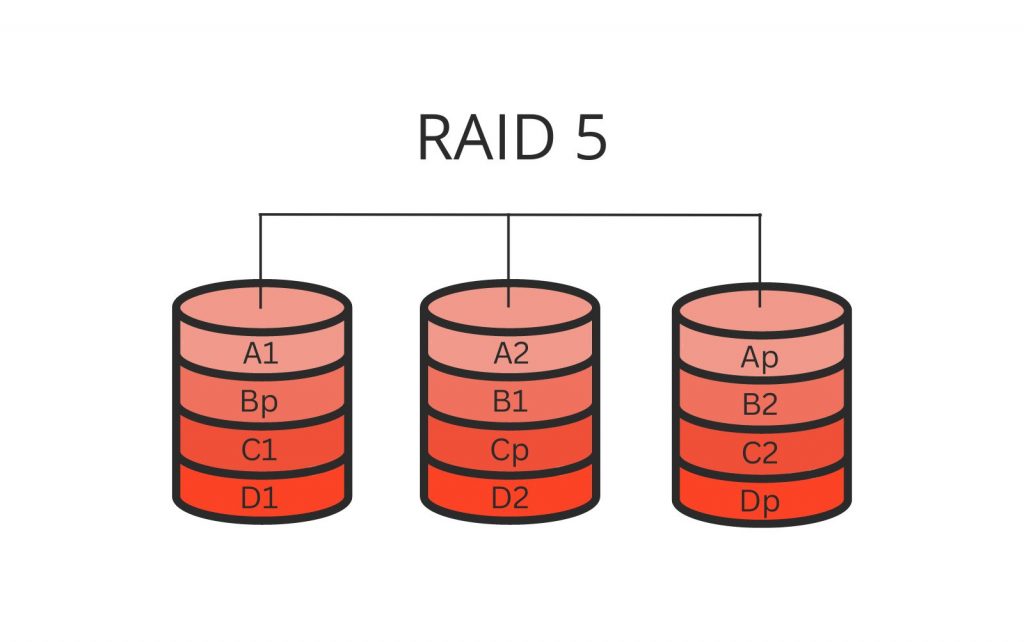
RAID 1 vs. RAID 5: A Head-to-Head Comparison
Now that we have a good understanding of RAID 1 and RAID 5 let’s compare these two RAID levels across various aspects:
- Data Redundancy: Both RAID 1 and RAID 5 offer redundancy by storing data across multiple disks. RAID 1 achieves redundancy through disk mirroring, whereas RAID 5 uses distributed parity.
- Fault Tolerance: RAID 1 provides higher fault tolerance compared to RAID 5. In RAID 1, a single disk failure does not result in data loss or downtime, as the mirrored disk contains an exact copy. On the other hand, RAID 5 can tolerate the failure of a single disk but is vulnerable to data loss and reduced performance if multiple disks fail simultaneously.
- Storage Capacity: RAID 5 has an advantage in terms of storage capacity utilization. It offers more usable storage space compared to RAID 1 since it uses parity information instead of mirroring.
- Write Performance: RAID 1 typically outperforms RAID 5 in terms of write performance. Since data needs to be written to multiple disks simultaneously in RAID 1, write operations are generally faster. RAID 5, on the other hand, requires additional overhead to calculate and write parity information, resulting in slower write speeds.
- Data Recovery: Both RAID 1 and RAID 5 support data recovery in the event of a disk failure. However, the recovery process is simpler and faster in RAID 1, as it only requires copying data from the mirrored disk. RAID 5, on the other hand, involves more complex calculations to reconstruct data using parity information, which can take longer.
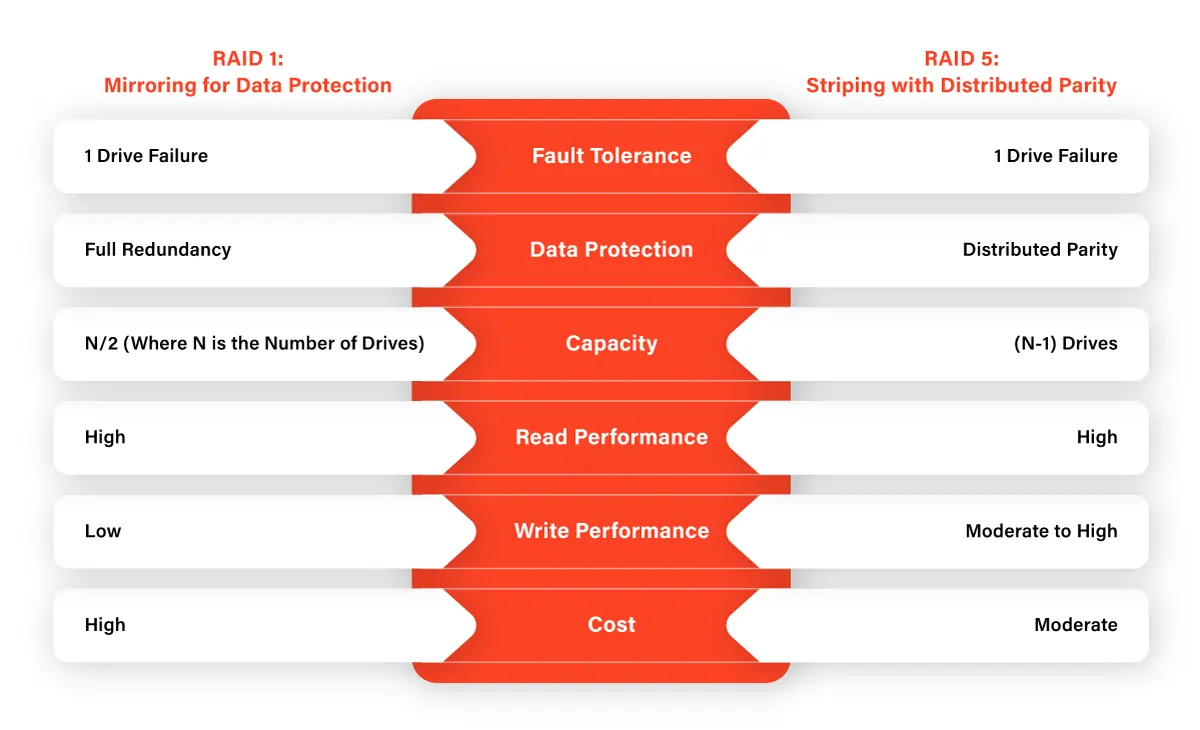
In conclusion, RAID 1 and RAID 5 are two popular RAID levels that offer different trade-offs between data redundancy, fault tolerance, storage capacity, and performance. RAID 1 excels in its simplicity, high fault tolerance, and improved read performance, making it suitable for environments where data integrity and quick access are crucial. On the other hand, RAID 5 provides a balance between redundancy, storage efficiency, and fault tolerance, making it a popular choice for environments where a compromise between data protection and capacity is required.
When selecting between RAID 1 and RAID 5, it is important to consider factors such as the nature of the data, performance requirements, and available budget. By understanding the strengths and weaknesses of each RAID level, administrators can make informed decisions to meet their specific storage needs and ensure the availability and integrity of their data.
Frequently Asked Questions
What is the main difference between RAID 1 and RAID 5?
The main difference lies in the way data is stored and protected. RAID 1 uses disk mirroring, creating an identical copy of data on multiple disks, while RAID 5 uses distributed parity to provide fault tolerance and data redundancy.
Which RAID level offers better fault tolerance?
RAID 1 offers higher fault tolerance compared to RAID 5. In RAID 1, a single disk failure does not result in data loss or downtime, as the mirrored disk contains an exact copy. RAID 5 can tolerate the failure of a single disk but is vulnerable to data loss if multiple disks fail simultaneously.
Which RAID level provides better storage capacity utilization?
RAID 5 offers better storage capacity utilization compared to RAID 1. Since RAID 5 uses distributed parity, it can provide more usable storage space by sacrificing a portion of the capacity for parity information. RAID 1, on the other hand, requires an equal amount of disk space for mirroring, resulting in less usable storage capacity.
Which RAID level offers better write performance?
RAID 1 generally offers better write performance compared to RAID 5. In RAID 1, data is written simultaneously to multiple disks, allowing for faster write operations. RAID 5 requires additional overhead to calculate and write parity information, which can result in slower write speeds.
Which RAID level is easier to recover from in case of a disk failure?
RAID 1 is generally easier and faster to recover from in the event of a disk failure. Since data is mirrored on multiple disks, the recovery process simply involves copying data from the remaining disk. RAID 5, on the other hand, requires more complex calculations to reconstruct data using parity information, which can take longer and be more resource intensive.
